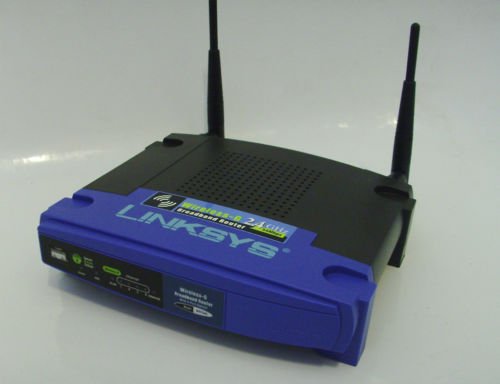

In wireless client mode, devices connected to the secondary router are contained within their own subnet, separate from the subnet for devices connected to the primary router. In either mode, you have a primary router and a secondary router. Technically, the DD-WRT supports two methods of connecting a wired device (or devices) to a wireless network: wireless client mode and wireless bridge mode. Using the versatile Linksys WRT54G (or compatible) router with DD-WRT V23 or newer, let’s set up a wireless bridge that you can easily plug-and-play among any machines that need to hop online wirelessly – even a laptop without a wireless adapter of its own. That’s an option, but it won’t earn you any digital cred at LAN parties. You can buy one of these and be done with it. Some products, like the Xbox, support specialized wireless bridges specifically made for this purpose. Using the latest v23 firmware for DD-WRT, setting up a wireless bridge is a walk in the park. And that bridge can be a sub-$60 router with the open-source firmware DD-WRT, like the Linksys WRT54G and similar compatible routers. But even as networking expands its reach, wireless networking in non-PC electronics is further behind still.īut wait! You actually can connect a gadget with only an Ethernet port to a wireless network. Networking abilities are appearing in more non-traditional electronic devices, including some digital audio players, some digital cameras, printers, and specialized devices like the Xbox gaming consoles. Not too long ago, we were promised a world in which virtually every electronic gadget could connect to a network, talking to one another, exchanging data, joking and laughing and basically enjoying the fruits of an electronic utopia.


 0 kommentar(er)
0 kommentar(er)
